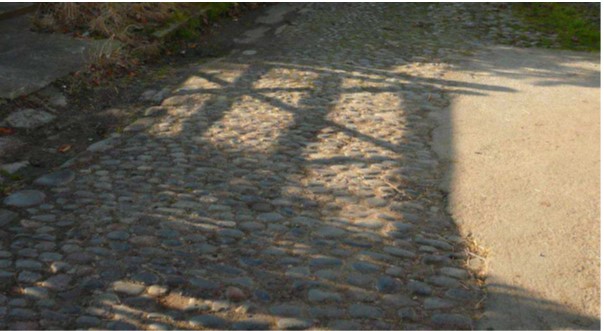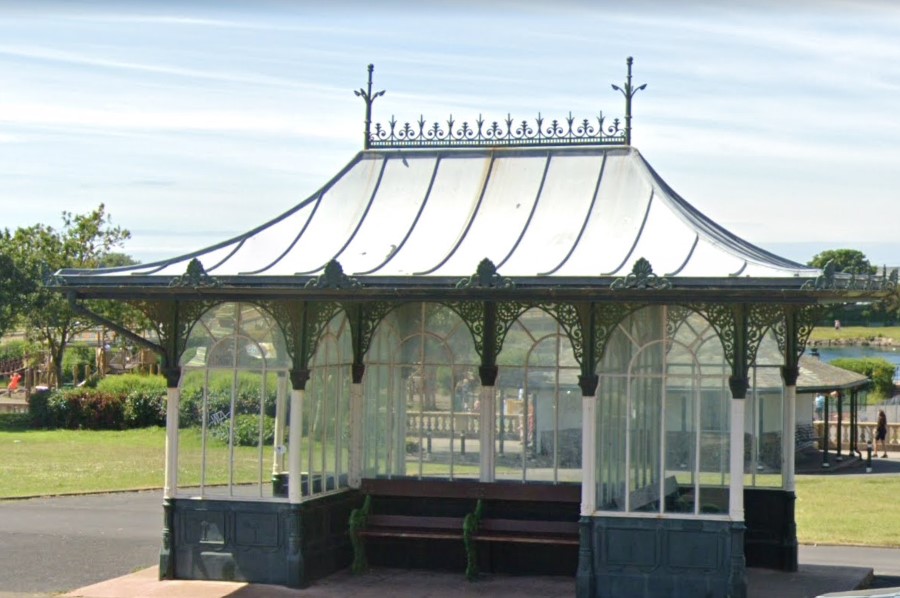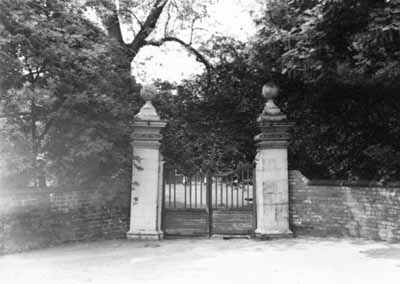Asset Focus - Street Furniture
Street Furniture
Spring has sprung offering more chances to get out and about to discover the interesting histories and buildings of the many villages and towns of the region. But have you ever given any thought to the street furniture that adorn these places? In fact, what do we mean by street furniture?
There are three broad categories identified by Historic England; those related to highways, related to public utilities and related to communications and you will no doubt have seen many of these at some point. They are often overlooked when we think about the historic environment, but they can make a significant contribution to the sense of character and identity of a place. So, what should you look for in each category?
Highways
How many streets and areas retain cobblestones as the main road surface? Cobblestones were used across Europe since before Roman times, many collected from riverbeds, smoothed down by the water passing over them for thousands of years. They retain a lot of strength and so when set in sand or mortar, were a good way to ensure that roads would last longer. Different areas might use rounded cobbles, squared stones, pebbles and some would use patterned bricks. Cobbled streets were gradually replaced by asphalt roads but still evoke thoughts of the past when you come across them.
Granite bollards and iron railings, used to control access to areas, were common from early 18 Century onwards, though many were lost over the years. Bollards with inscriptions or manufacturers names are of interest and any made of repurposed cannons are very interesting. Equally, railings that incorporated things like foot scrapers or light holders (before electricity) would be quite a rare find nowadays. The Merseyside local list is interested in gate piers and railings that adorned the frontage of large houses in the area, and although some are already listed, many are not.
One recent nomination for local listing was for a Webb Patent Sewer Gas Destructor, which provided light by burning off methane that built up in the sewer system. There are very few of these in the country, but Southport has 4 which still retain the maker’s mark.
Old milestones, mileposts and guideposts although widespread can be very old and sometimes very ornate, and often represent the area in the materials and styling used. Signposts which are intact and predate the County Councils Act 1888 are very special and could be considered appropriate for national listing.
Early bus shelters that retain their original features and particularly, benches are also interesting and in some cases, listed.
The Merseyside local list is also interested in historic original walls that bounded properties such as the red sandstone ones in parts of Wirral or the stone slab walls in parts of Knowsley, which really capture historic use of local materials.
Public Utilities
This category includes things like drinking fountains, introduced in the mid-19th century after village pumps were largely closed on sanitary grounds. Equally, drinking troughs for horses, dogs and cattle, often provided by charitable associations were introduced around the same time. Earlier troughs made of iron or wood are very rare and often replaced by granite ones in the late 19th century. Pumps and hydrants, introduced as the provision of water expanded, comprised of lead pipes and wooden boxes but eventually were made of elaborate cast iron. Where they survive in reasonable condition and mostly complete, they are quite unusual to find.
Communications
This includes post boxes and telephone boxes. Historic England with Royal Mail agreed in 2002 that all post boxes in operational use would remain in place and of course there are thousands around the country. However, any examples of hexagonal boxes (the earliest examples) or pillar-type post boxes dating 1852-79 are quite scarce so of interest. Telephone kiosks although common, may require a closer inspection to identify if they are some of the earliest examples, such as Gilbert Giles Scott’s K2 which is neo-classical design in cast iron with a segmentally vaulted roof. The K8 design 1968-83) is not common so could be considered on rarity value. Often decisions to locally or nationally list occur if there is a strong visual relationship with an existing listed building.
If you think you know of some historic or unusual street furniture, why not take a picture, note the location and nominate it for local listing, so you can be part of capturing the local history.
Historic England has produced some guidance on street furniture that may be considered for listing. It can be found at: https://historicengland.org.uk/images-books/publications/dlsg-street-furniture/



